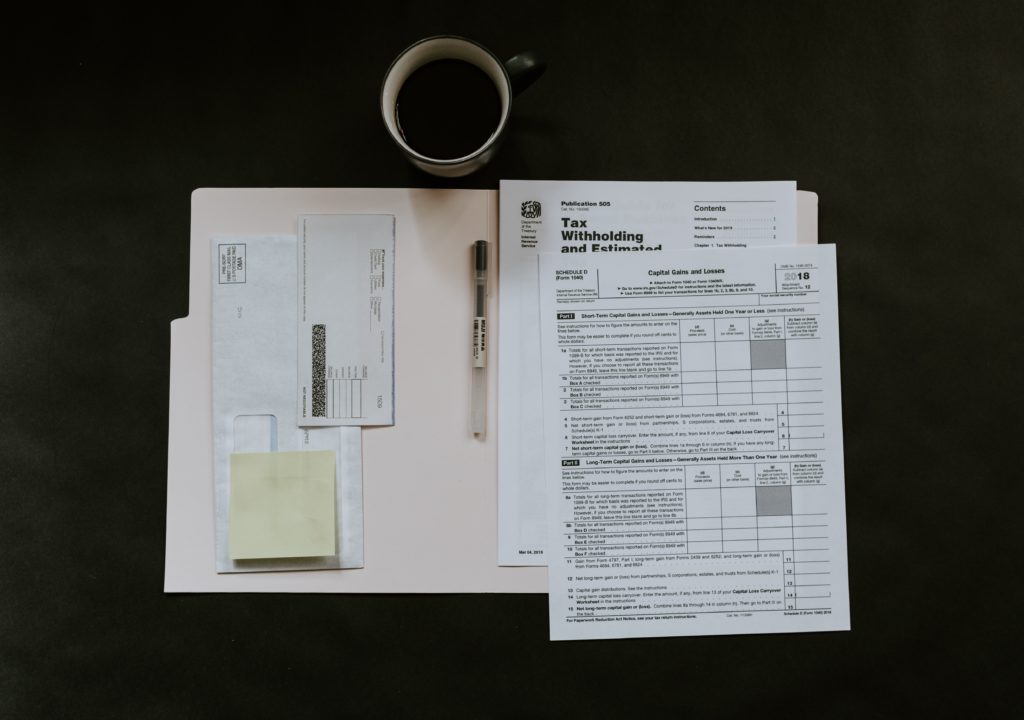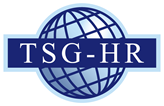Based on H.R. 748 passed by the Senate 96-0 March 25, 2020, 11:48 p.m.
The U.S. Senate passed the Coronavirus Aid, Relief and Economic Security Act (the “CARES Act”) on March 25, 2020, which included a Paycheck Protection Program designed to assist qualifying participants in keeping employees employed and otherwise assisting small businesses during the COVID-19 pandemic. This legislation is subject to adoption by Congress and acceptance by President Trump. The Paycheck Protection Program is not currently available. The following information is based on the legislation passed by the Senate on March 25, 2020. The following is intended only as a general resource. Please consult with your legal and financial advisers for more information. It is important to note that this program is not yet available, as the legislation allows the Small Business Administration a period of 15 days to issue guidance and regulations implementing this program.
Q: Do I qualify for a Payroll Protection Loan?
If you are a business concern, nonprofit organization, veterans organization or Tribal business concern that: (i) is a “small business” qualified by the SBA; (ii) is an Accommodation or Food Service employer with an NAICS code of 72, with no more than 500 employees at each physical location; (iii) employs no more than 500 employees in your entire workforce across all affiliates; (iv) is a franchise with no more than 500 employees regardless of those employed by affiliates; or (v) has an employee count satisfying SBA “small business” employee count limitations based on NAICS codes, or if you are (vi) an individual operating under a sole proprietorship or as an independent contractor; (vii) a qualified self-employed individual; or (viii) a recipient of financial assistance from a Small Business Investment Company or a Specialized Small Business Investment Company, you will likely qualify for participation in the Paycheck Protection Program. Qualification is nuanced and you should consult your legal and professional advisors.
Q: How does the SBA determine the number of employees?
When determining whether your business qualifies for this program, the SBA will include in your total employees all individuals employed on a full-time, part-time or other basis. You will likely be asked for an average employee count based on the immediately preceding 12 months.
Q:What if I have received an Economic Injury Disaster Loan?
You may participate in the Paycheck Protection Program if you have received an Economic Injury Disaster Loan (EIDL) so long as the EIDL funds are not used for a duplicate permitted use of Paycheck Protection Program funds (payroll costs, certain benefits, salaries and commissions, interest on mortgage obligations and other qualified debts, rent and utilities). If you participate in the Paycheck Protection Program, you may not be able to take advantage of certain other provisions of the CARES Act such as employment tax credits available under § 2301(j) of the Act. You should consult your legal and professional advisors to determine if a pending application or current EIDL loan disqualifies you from this program.

Q:How much may I borrow?
The maximum loan amount under this program is the lesser of:
- The sum of:
- 2.5 times the average monthly payroll costs for the 12 month period immediately preceding the date the loan is made; plus
- The outstanding balance of any Emergency Economic Injury Disaster Loan (EIDL) made between January 31, 2020 and the date of the covered loan; or
- $10,000,000.00.
Q:How may I use a Paycheck Protection Loan?
In general, during the period of February 15, 2020 – June 30, 2020, you may use the borrowed funds for the following uses – you will have to provide documentation substantiating the actual paid expense:
- Payroll Costs (including salary, wages, commissions, payment for vacation, parental, family, medical or sick leave, severance, insurance benefits and premiums, retirement benefits, state and local payroll taxes all subject to certain wage and salary caps of $100,000);
- Costs of continuing group health care benefits during periods of paid sick, medical or family leave and insurance premiums;
- Employee salaries, commissions or similar compensation;
- Payments of interest on any mortgage obligation (excluding prepayment or payment of principal);
- Rent (including rent under a lease agreement);
- Utilities; and
- Interest on other qualifying debt incurred during the period of February 15, 2020 – June 30, 2020
Q:What portion of the Paycheck Protection Program Loan will be forgiven?
Paycheck Protection Loan funds used for “permitted uses” during the eight-week period following loan origination will be forgiven following application by the borrower and submission of supporting documentation. In addition, qualified employers paying additional wages to tipped employees may seek forgiveness for such additional wages. Any loan forgiveness will not exceed the principal amount of the loan. The forgivable amount may be reduced if a borrower reduces the total number of full time equivalent employees (FTE) to a number less than its total FTE count on February 15, 2020, and does not restore FTE counts to February 15, 2020, levels on or before June 30, 2020. The forgivable amount may also be decreased if a borrower reduces the wages or salaries of any employee earning less than $100,000 annually by more than 25% and such reductions are not restored to the amount each employee received during the quarter immediately preceding the loan origination date on or before June 30, 2020.
Q:What if a portion of my loan is not forgiven?
Any portion of a Paycheck Protection Program loan that is not forgiven will be paid back over a term not to exceed 10 years with interest not exceeding 4%. Repayment of principal, interest and related fees for any loan under the Paycheck Protection Program will be deferred for a period of 6-12 months.

You can apply for the Paycheck Protection Program (PPP) at any lending institution that is approved to participate in the program through the existing U.S. Small Business Administration (SBA) 7(a) lending program and additional lenders approved by the Department of Treasury.
This program is more extensive than the SBA disaster loan. Small businesses, sole proprietorships, independent contractors, and self-employed individuals can all qualify.
- Sole proprietorships will need to submit schedules from their tax return filed (or to be filed) showing income and expenses from the sole proprietorship.
- Independent contractors will need to submit Form 1099-MISC.
- Self-employed individuals will need to submit payroll tax filings reported to the Internal Revenue Service.
Keep checking back here as more details become available. We hope that this general guide will provide the basic knowledge you need to proactively lead your company through this difficult time. If you need further information regarding this notice or how to support your talent management function (policy, practice, procedure), please call us at 1.800.961.3053

